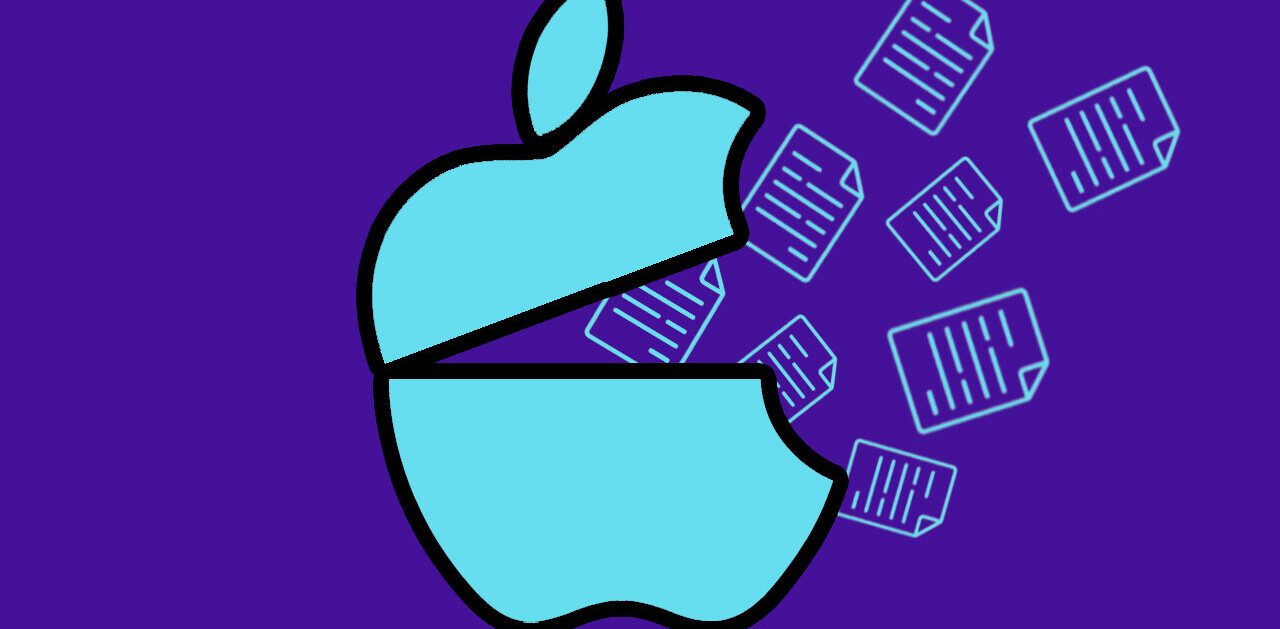
When you use an operating system for several years, you develop a set of practices that enable you to work fast and be productive with it. Perhaps it’s a specific command line hack that you absolutely must employ on every computer you use, or some system settings that you just cannot leave at their defaults—whatever it may be, it’s something that helps you get the most out of your machine.
Here, we bring to you five third-party applications for Mac OS X that we think you absolutely must have installed, and customised to your preferences, to comfortably use any Mac. Some of them have a bit of a learning curve, and it takes some time to customise them to your preferences, but once you get used to them, you’ll wonder how you ever lived without them.
1Password
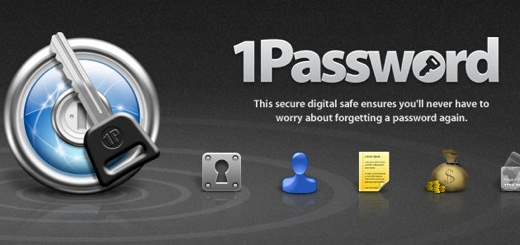
1Password is a well-integrated password manager from AgileBits that started out as a Mac OS X application and has since spread to Android, iOS and Windows. It’s available for $20 (for a limited time) from the Mac App Store and also has free browser extensions for Chrome, Firefox and Safari on the Mac.
1Password serves as a secure storage space for your passwords, personal details, notes, software licenses and credit card and banking information, autofills online forms with that stored information, synchronises all this information across all your computers, mobile devices and the Web and generates unique and strong passwords for you that are difficult to hack.
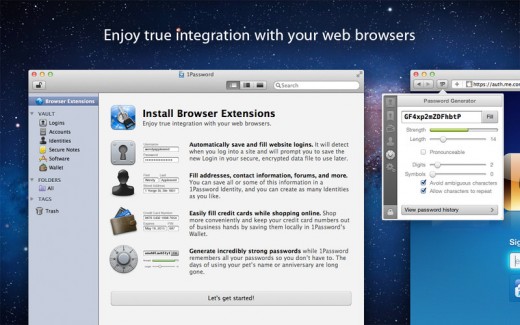
Once it is set up, 1Password replaces your browser’s password-saving features with its own. Whenever you visit a website with a registration requirement, you can have 1Password generate and complete a complex password for you. And when you hit submit, it offers to save that username and password combination for future use.
The difference between 1Password and your browser’s default password management feature is that 1Password lets you take your passwords with you. And it lets you generate strong passwords easily, which are permanently saved in a date-stamped, searchable archive for easy retrieval later, so you can use a different one for each website.
Besides that, it also makes short work of entering your credit card details when shopping online, removing the need to fetch the card from your wallet and enter the details manually. It’s also a very handy place to store important data—such as membership cards, software licenses and bank account details—that you need on hand at all times.
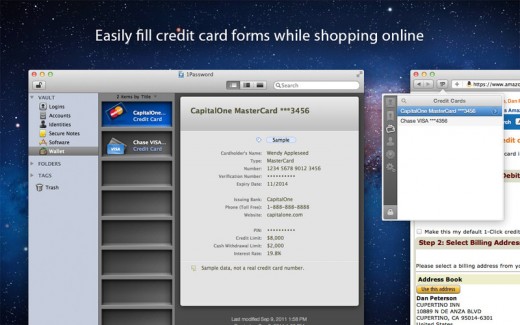
I am not obsessed with privacy and security. The way I see it, there’s a long list of people an identity thief would go after before they choose to target me. And so I always kept one convenient password for all websites and figured that apps like 1Password were not for people like me.
But I was eventually won over by all the other great features of the app and decided to give it a try. A year later, I have hundreds of passwords stored in 1Password, all of them unique and generated by the app itself. I have it on my iPad and my iPhone, I can access it on the Web and it’s installed on my Mac, and the data is kept in sync via Dropbox and backed up to my Mac. It has become an irreplaceable part of my life.
To learn more about 1Password, check out the official 3-minute expert guide or this detailed video tutorial by ScreenCastsOnline or the $0.99 iBook or Kindle book by blogger Scott McNulty explaining all there is to know about the app. A free trial is available from AgileBits’s website.
Dropbox

We wrestled with the idea of adding Dropbox to this list, thinking that it’s pretty much known to everybody at this point, but it won out in the end because any list of our most favourite productivity apps cannot be complete without mentioning the service that makes some of them tick.
Dropbox is a free service (for beginners) that installs a folder on your Mac which it keeps in sync with the cloud and your other computers. Put any file into that folder and, within seconds (depending upon its size), it is available on your other computers and through the service’s Android, BlackBerry and iOS apps. And you can share it with other users of the service as well.
What’s more, there is a whole host of apps that tie into Dropbox to sync their own data across your various computers and devices. 1Password uses it to synchronise its encrypted database across platforms and lets you access it through a Web browser directly from within Dropbox. Similarly, Simplenote—my notes app of choice on iOS—can use it to synchronise your notes between your iPad and iPhone, while Notational Velocity taps into those same files to let your access your notes on the Mac.
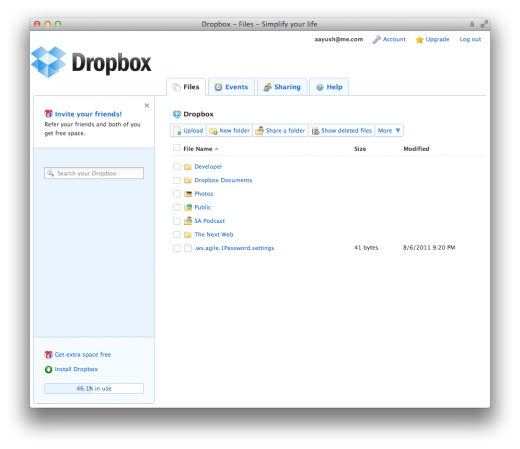
The sharing features let you collaborate with friends and colleagues by providing a common place for storing files. You can create a folder and share it with any other Dropbox user. Once they accept the invitation, you’re both free to read from and write to that folder and the changes are always kept in sync, so both of you have the latest versions of the files in it.
Dropbox is very much a background service and, for the most part, you don’t even think about the fact that you are using it. But try disabling it for one day and you’ll suddenly find some apps that have stopped working and some files that are missing or out of date. The fact that it’s always there—always working reliably, yet invisibly—is what makes it such a great app.
Dropbox is available for download from the company’s website and new users can take a tour of the service to get familiar with its workings. The basic plan gives you 2GB of storage space for free and heavy users can get more with paid monthly plans. And if you do end up using the app, you may also want to take a look at MacDropAny, a tiny third-party app that lets you keep your Mac’s default Documents folder in sync with Dropbox.
LaunchBar
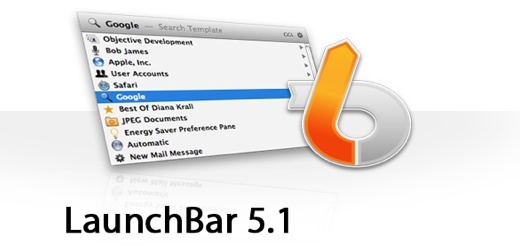
Once you install it, LaunchBar will quickly become the single most frequently used app on your Mac, bar none. At its core, it’s a launcher that enables you to launch apps faster than with any of the other methods available in Mac OS X. That in itself would be great reason to buy the app, but it does so much more.
The app’s entire list of features, which often summarises a bunch of features under a single bullet point, contains over 150 entries—yes, we counted. From making calculations to fetching information from your address book to composing an email or a tweet, from performing Internet searches to opening URLs to giving you access to your browser history, LaunchBar does it all.
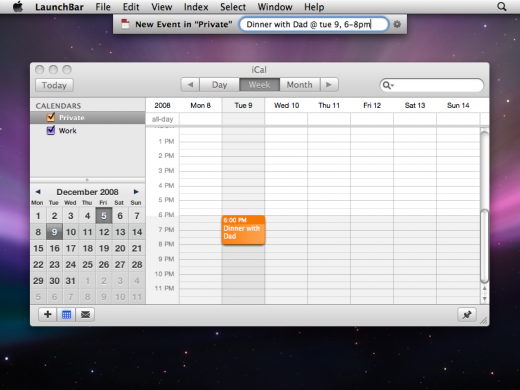
To start with, you can launch apps speedily. Hit the keyboard shortcut to bring it up (which, by default, is Command-Space, because you’ll be using Spotlight much less frequently after installing LaunchBar) and then type the first few letters of the app’s name (often just the first letter) to select it, and then hitting return to launch it.
This also works with documents, bookmarks, browser history, address book entries, songs in iTunes and pretty much everything else on your system. So you can, for instance, hit ‘F-I’ to bring up your financial records spreadsheet and ‘T-N’ to summon The Next Web from your bookmarks list. Everything on your Mac is accessible via the keyboard.
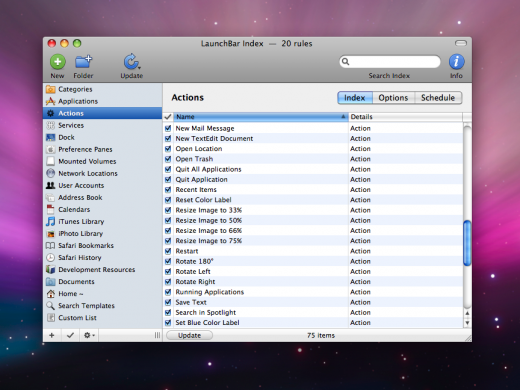
It also has built-in actions that allow you to do things with the selected content instead of simply opening it. For example, you can bring up a file, attach it to an email and address it to someone, all from within LaunchBar. Or you can select a file and open it with a different app than the one it uses by default.
When you start typing numbers, it performs calculations (and even handles complex scientific calculations with aplomb); it can look up words in the dictionary, perform Spotlight searches, copy or move files between folders, delete or rename items, browse through your iTunes library or address book, create iCal events, and so on.
One of the features you’re likely to love the most is its clipboard history tool. Whenever you copy anything on your Mac, LaunchBar saves it for later retrieval. It can store up to 40 items and you can go back and bring any of them to the front with a convenient keyboard shortcut. It becomes so ingrained into any workflow that a Mac without it feels very restricted.

Finally, there’s the search macros feature, which is so great we could write a whole article dedicated just to it (and maybe we will). LaunchBar includes a host of templates to let you search websites like Amazon, Flickr, Google, IMDb, the iTunes Store, Wikipedia, YouTube, etc., and also lets you build your own. You can set up a macro, for instance, that lets you search The Next Web just by typing ‘T-N-W’ in LaunchBar.
And it gets better!
The default templates include Lucky Google, which is a macro for Google’s ‘I’m Feeling Lucky’ feature. With it, you never have to remember website addresses. Just enter “next web” in it to be brought here or “next web twitter” to be taken to our Twitter profile—the possibilities are endless. We like to tell people about LaunchBar just so we can tell them about how great this one search macro is.
To learn more about LaunchBar, you can either go though the company’s extensive help documentation or, better yet, watch an excellent overview of it from Don McAllister of ScreenCastsOnline. At €24 ($33) for a single user license, it is the most expensive application on this list but it’s easily worth several times that. Download the free trial and give it a run—you’ll thank us later.
MercuryMover
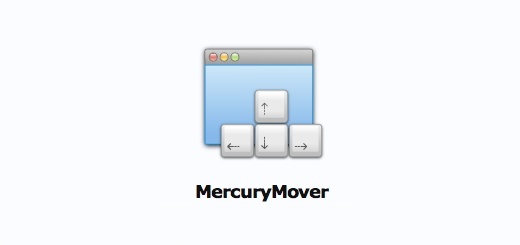
MercuryMover, a $20 utility from Helium Foot Software, is a recent addition to our list of must-have Mac apps. It’s probably not for everyone, but for people who are anal-retentive about their computing workflow, it’s a great app to have. It’s a window-management application that frees the placement and size of windows on your display from the tyranny of the mouse and puts it under the control of your keyboard.
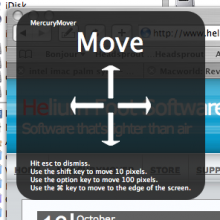 As all expert keyboarders know, keyboard shortcuts can often be—or, at the very least, feel—much faster than mouse movements for many tasks. If you often switch between open applications using the Command-Tab switcher instead of the Dock or Mission Control, you probably know what we mean.
As all expert keyboarders know, keyboard shortcuts can often be—or, at the very least, feel—much faster than mouse movements for many tasks. If you often switch between open applications using the Command-Tab switcher instead of the Dock or Mission Control, you probably know what we mean.
With MercuryMover installed, you press a keyboard shortcut (by default Command-Control-Up Arrow) to bring up an overlay on top of the currently active window and then use the arrow keys in combination with modifier keys to move the window in either direction by 1, 10 or 100 pixels. Using the Command key modifier moves the windows to the edge of the screen in whichever direction you want, and pressing the ‘=’ key positions the window at the centre of the screen. A different keyboard shortcut lets you perform the same actions to resize the window as described above.
But here’s the real kicker: once you have resized a window according to your preferences, you can hit Command-D while MercuryMover is active, assign a letter on the keyboard as a shortcut and save that window’s size, position, or both size and position. Now, whenever you want a window to use those settings, you can just bring up MercuryMover with the window active and hit the letter you chose earlier.
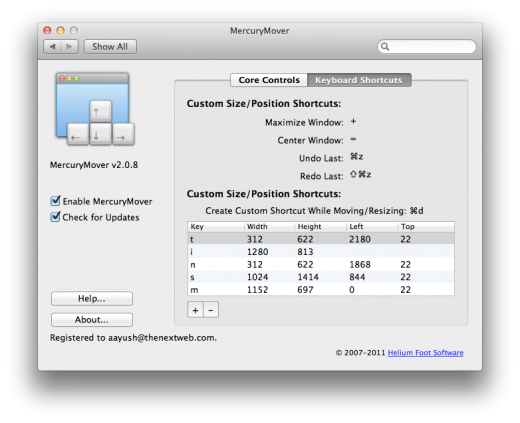
Once you have the sizes saved for your most frequently used apps’ windows—and combined with the ability to quickly move any window to any screen corner or the centre of the display—it makes it very easy to arrange windows according to your workflow and quickly revert to your settings after they have been disturbed.
Like we mentioned before, it’s probably a niche requirement, but if you are obsessive about your window sizes and placements, MercuryMover is the program to have. To know more about it, check out this screencast showing the app in action by Macworld senior editor Dan Frakes and give the demo a try, which is free for the first 100 uses.
Speed Download

Yazsoft’s Speed Download is another app that you can have in your arsenal for a long time without even realising that it exists due to its being so good at its job. It’s a download manager with a fast downloading engine and an FTP client, and mixes in other features like P2P sharing of encrypted files with other Speed Download users, iDisk integration, support for RSS and the downloading of YouTube videos.

The main benefits of Speed Download over your Web browser’s built-in download manager are that (a) it’s much faster; and (b) it supports auto-resuming of downloads. Speed Download’s engine uses various tricks to ensure that you are maximising the bandwidth your broadband pipe can deliver. While this may be bad news for others on the same network, it does mean that you can download files much faster.
If your Internet connection ever drops, Speed Download automatically resumes downloading the file when the connection comes back. I’ve also found its resuming feature to be more reliable than the integrated download manager of Web browsers, which is a feature that comes in handy when you are downloading large files over a spotty broadband connection. It even allows you to limit the download speed so that it does not maximise your bandwidth, thus preventing your browsing speed from slowing down.
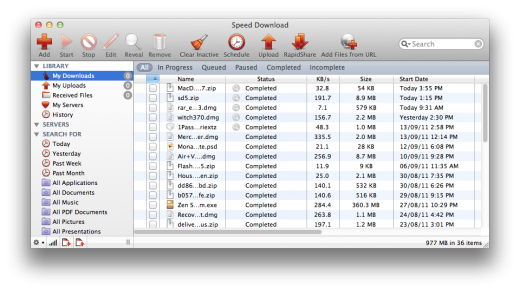
If those two are the only features you want, you can purchase Speed Download Lite, which is the $20 sibling of the full offering that gets rid of all the other features such as FTP, file-sharing and iDisk integration. You can also try Leech, which is a cheaper and just as capable Speed Download Lite alternative from Many Tricks.
If you want more, the full-featured version of Speed Download offers all the other features described above and is a capable all-in-one offering for all your online file transfer needs. Don McAllister has a great two-part tutorial for the app over at ScreenCastsOnline and Yazsoft offers a free trial if you want to give the app a test run before plonking out your $25.
In Conclusion…
If you have simply scanned the names of the apps, we recommend that you scroll back up and take another look at the LaunchBar entry before going on your merry way. Its custom search macros feature is such an indispensable one that we would pay the full price of the app even if that was the only one it offered. And it piles over 150 features on top of that!
Of course, these are just five apps from a pool of thousands. With the Mac App Store making it easier for users to find and download apps, the list of favourite apps will be different for each person, but we hope you found our recommendations helpful. If you have any favourite Mac apps of your own, let us know about them in the comments.
Get the TNW newsletter
Get the most important tech news in your inbox each week.




